The Impact of Yogyakarta’s Transition from Rural to Urban on Mental Health
Anis moved from the rural areas to the urban areas of Yogyakarta. He is thinking about his move while stuck in traffic, and hearing construction work, music and cars beeping in the background. Anis has faced challenging experiences that have left him stressed. Exhausted? Nervous? He is unsure, but it is just getting worse, and he is losing his energy. Could his relocation from a rural area to an urban area impact his feelings? Is urbanisation getting to him? Anis is uncertain and needs help. Let’s explore Anis’ experience with urbanisation!
Based on data from the Central Bureau of Statistics data, in the year 2000, around 3,120,4781 individuals lived in Yogyakarta. However, as the years passed, people like Anis have moved to the city seeking better opportunities. By 2023, the population of Yogyakarta was estimated to be around 4,073,9072. Despite the economic developments due to population increase, it can get hectic with the traffic, noise pollution and opportunities. Across the world, there are many people like Anis migrate from rural to urban areas and experience what Anis’s going through. But what exactly is happening to Anis? Let’s get exploring.
Yogyakarta, a cultural hub nestled in the heart of Java, Indonesia, is undergoing a profound transformation shaped by rapid urbanisation. As the city grapples with the dual challenges of preserving its rich cultural heritage and accommodating the demands of modernity, urbanisation in Yogyakarta is reshaping its landscape and dynamics. The traditionally vibrant markets and historical landmarks now coexist with burgeoning high-rises and contemporary infrastructure projects3.
Yogyakarta, once primarily known for its serene rural landscapes and historical charm, has undergone a transformative journey into urbanity. Over the years, the city has experienced a rapid shift, marked by growing infrastructure, increasing population density, and a dynamic blend of tradition and modernity. The skyline, once dominated by traditional Javanese architecture, now features a mix of contemporary structures, reflecting the city’s evolving identity. As Yogyakarta embraces its urban character, there has been a noticeable surge in economic activities, educational institutions, and cultural diversity. The transition has brought both opportunities and challenges, with improved connectivity and job prospects on one hand, and issues of traffic congestion and environmental concerns on the other. The arrival of residents like Anis, seeking economic opportunities and a better life, has led to the expansion of urban areas, impacting local communities and fostering a unique blend of tradition and progress4. However, there are both positives and negatives to urbanisation, which we will explore further.
Urban living often leads to improved access to education, healthcare, and infrastructure. However, the rapid pace of urbanisation can also pose challenges. Overcrowded cities may face issues like traffic congestion, pollution, and inadequate housing, leading to a decline in the quality of life. It appears that Anis may be experiencing a lack of energy, anxiety, or a depressive disorder, but he has not yet sought mental health support5. Although there is better access to healthcare in urban areas, individuals are often too preoccupied with the demands of urban living and, ironically, its stressors.
aking SDG 3’s objective to promote well-being for all increasingly relevant. Concurrently, SDG 11’s aim to create sustainable cities and communities is vital in ensuring that urban growth does not compromise mental health. This necessitates the implementation of policies that balance development with green spaces, community support systems, and accessible healthcare services, fostering an environment where mental well-being is a priority in the face of rapid urban change.
Back to Anis, while on his way to work, he received a call from a friend. This friend explained to him how he was feeling very stressed, nervous and had no energy. The way Anis’ friend explained what he was going through made Anis suggest he visit the doctors. Then, Anis’ friend turned back and said to Anis, “My friend, I am just telling you what you told me you were going through, maybe you should visit the doctors and I did some research for you. Visit the nearest community health center (Puskesmas) for mental health service. You will receive a diagnosis from the professionals there or referred to a nearby hospital for further treatment”. Anis nodded, ready to take notes as he never considered visiting such professionals. His friend said afterwards that Anis may receive therapy, medication, or simple advice on necessary lifestyle adjustments. Anis’ friend explained to him how urban living can be stressful, but he also highlighted that we have better access to all types of help.
After the conversation, Anis began to reflect on his way back home. He realised that living a routine life where he has to constantly worry about the high living costs, the bills he has to pay, work pressure and general competition, and the social comparison culture that urban life generally fosters. Anis decided to take his friend’s advice and began to seek mental health support.
One year later…
After Anis starts to work with his mental health and care for himself first, he ensures he takes some time out for the family. Whenever he feels stressed, he talks it out with his wife and when he needs more support, he doesn’t hesitate to revisit his therapist.
By: Sarah Gumush & Dewi Caesaria Fitriani
Editor: Septi Kurnia Lestari
Reference
1Central Bureau of Statistics (Badan Pusat Statistik/BPS). (2020). Population, Population Growth Rate, Percentage Distribution of Population, Population Density, and Population Sex Ratio by Regency/Municipality in D.I. Yogyakarta, 2000, 2010 and 2019. Retrieved December 13, 2023 from https://yogyakarta.bps.go.id/subject/12/kependudukan.html#subjekViewTab3
2Central Bureau of Statistics (Badan Pusat Statistik/BPS). (2022). Projection of Number of Population Estimation by Regency/City in D.I. Yogyakarta (People), 2023-2025. Retrieved December 13, 2023 from https://yogyakarta.bps.go.id/subject/12/kependudukan.html#subjekViewTab3
3Tulus, R. and Ramadan, B. (2021) ‘Typology and peri-urban development of Yogyakarta City and surrounding’, International Journal of Engineering Technology and Natural Sciences, 3(2), pp. 74–81. doi:10.46923/ijets.v3i2.138.
4Nadrian, H., Mahmoodi, H., Taghdisi, M. H., Aghemiri, M., Babazadeh, T., Ansari, B., & Fathipour, A. (2020). Public health impacts of urban traffic jam in Sanandaj, Iran: A case study with mixed-method design. Journal of Transport & Health, 19, 100923.
5Erzen, E., & Çikrikci, Ö. (2018). The effect of loneliness on depression: A meta-analysis. International Journal of Social Psychiatry, 64(5), 427-435.

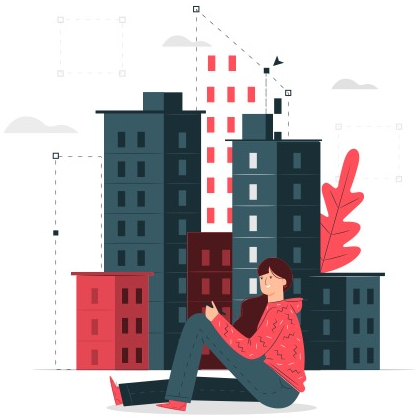
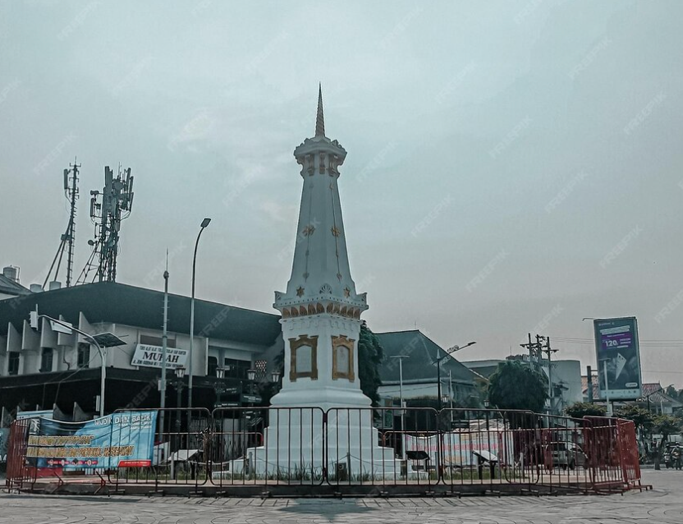

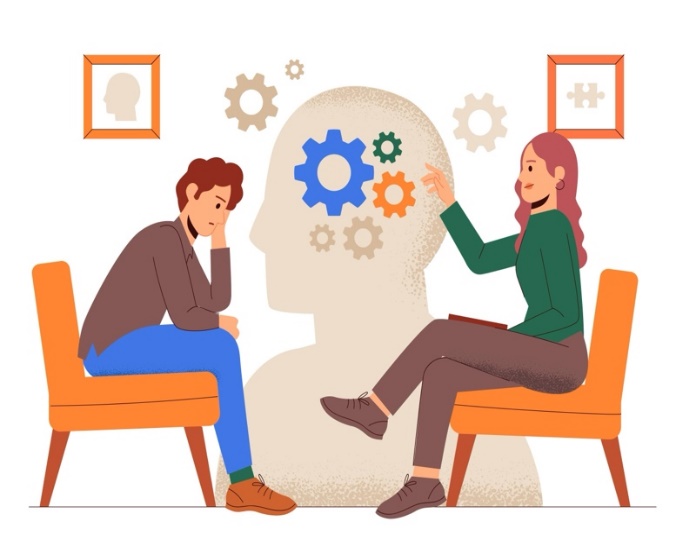
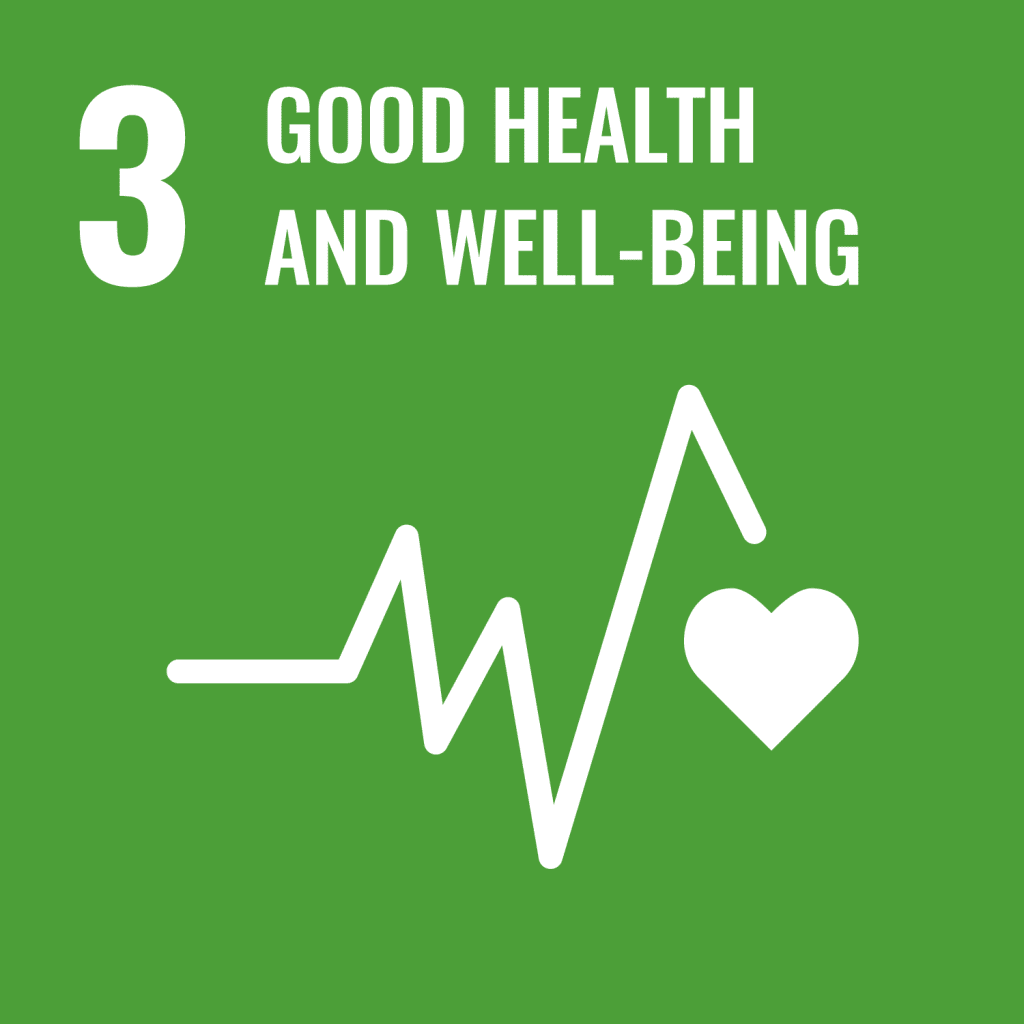



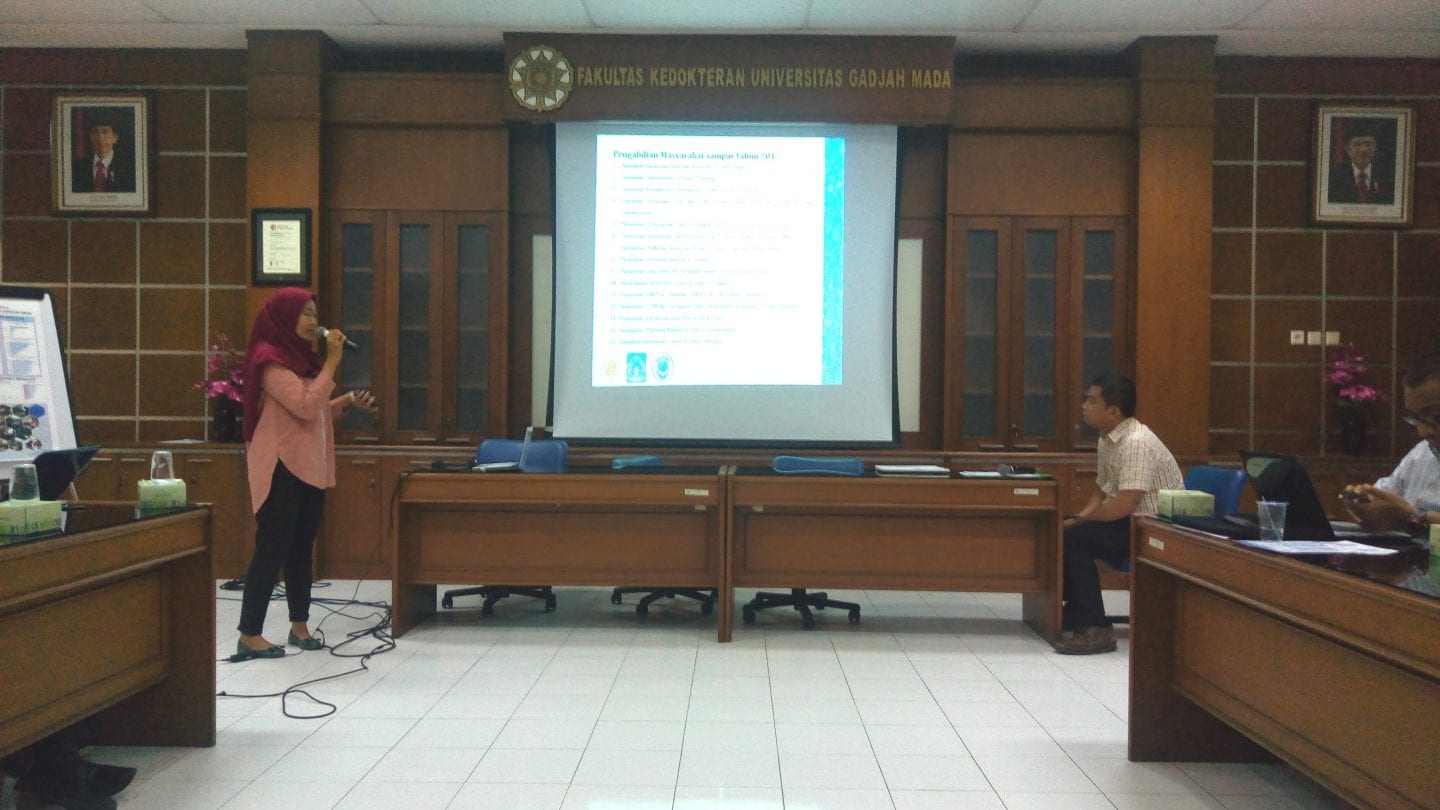
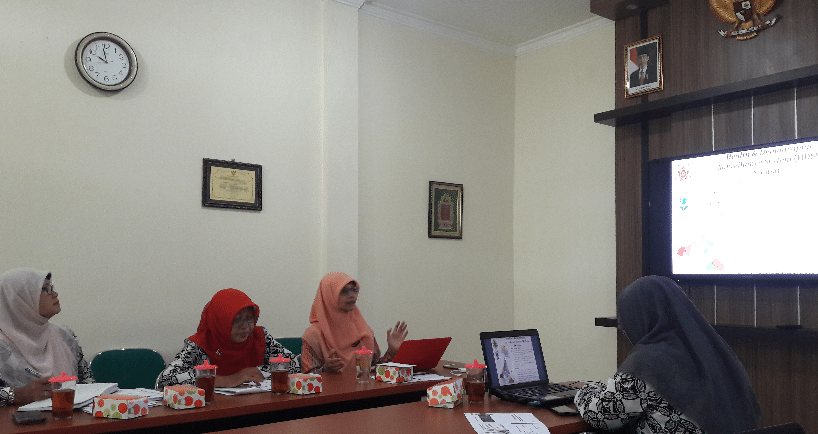


Leave a Reply
Want to join the discussion?Feel free to contribute!